Infectious diseases pose constant challenges to human health. Preclinical animal models, or more specifically experiments on laboratory mice, enable researchers to learn exceptional details of how the immune systems of mammals respond to these challenges. Many immune mechanisms interpreted in lab mice also hold in people and paves the way to discovering clinical therapies.
Our in vivo preclinical testing establishes animal models, carries out research, and reads out endpoints to determine the mechanism of action and toxicology. We aim to construct an immunological model platform to disentangle all immunotherapies research.
CLP for Sepsis disease
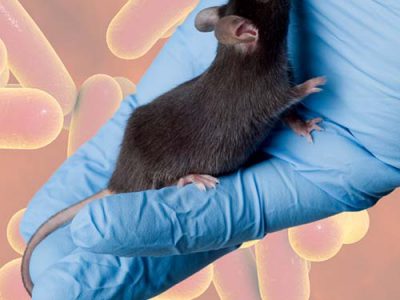
To better understand the mechanisms of clinical sepsis and develop effective therapeutic solutions, researchers are in need of effective experimental models that faithfully replicate what...
Psoriasis – for chronic skin condition
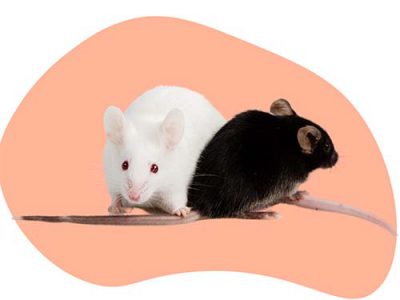
Psoriasis is one of the most challenging diseases when it comes to its pathophysiology research, mainly because it does not develop naturally in laboratory animals....
IBD-Inflammatory bowel disease
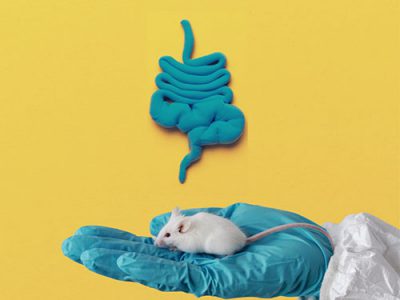
Inflammatory bowel disease (IBD), ulcerative colitis, and Crohn’s disease affect millions of patients worldwide. This complex illness is both chronic and acute, characterized by periods...
Delayed-Type Hypersensitivity
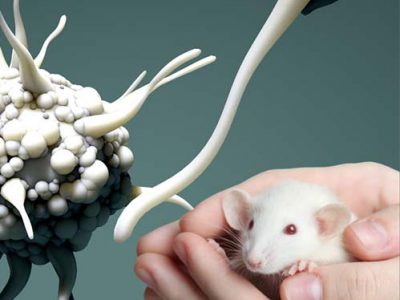
Delayed-type hypersensitivity (DTH) is an allergic immune reaction characterized by inflammatory responses. DTH reactions lead to local inflammation by recruiting T cells into tissues and...
Multiple Sclerosis (MS)
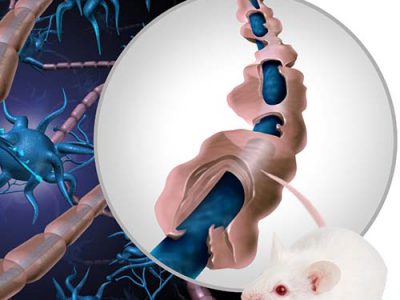
Experimental autoimmune encephalomyelitis (EAE) is the most commonly used experimental model for multiple sclerosis (MS). EAE is a complex condition in which the interaction between...
